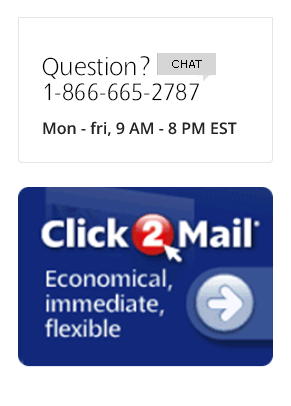While there’s no doubt that email marketing has its advantages – immediacy, reach, and affordability, but it also has significant drawbacks compared to direct mail. Check out the list below, and analyze whether your target audience is better contacted through the addition of direct mail than just the internet.
More competition for attention. The typical email inbox receives dozens, if not hundreds, of emails every day. The chances of yours getting noticed are much smaller with email than direct mail.
More often unseen. Your marketing email may very well go straight into the junk folder, and the recipient will never even have to decide whether to open it or not. Direct mail pieces, on the other hand, must be manually sorted through, guaranteeing you at least a glance.
More often unread: no time. If your email does reach the inbox, it’s all too easy to delete without being opened. A mail piece is frequently saved for when there’s time to read it.
More often unread: no motivation. Another reason marketing emails aren’t read is that your only tool for getting recipients to open them is the subject line. Even if you’re the most brilliant subject line writer in the world, it still doesn’t compare to a mail piece’s visual impact for instigating action.
Sent to the wrong person. Targeting a mailing list is basically the same process for both direct mail or email; and both will have the same percentage of inappropriate recipients. But a mail piece is a physical presence in someone’s home or office, thus more likely to get passed on to the right person than an email.
More easily blocked. Opting out of email from a particular sender is now just a click away. Although the Direct Marketing Association also offers a procedure for opting out of unsolicited commercial mail, comparatively few people bother with it. So your list can stay pretty much intact for as long as you want.
Too impersonal. Digitally printed direct mail pieces offer unlimited opportunities to customize and personalize for each recipient’s name, location, interests, and so on. This is a proven strategy to increase response.
Too much. Because email is so easy to send, there’s a tendency to flood recipients with multiple emails per week, even per day. This is often considered annoying and invasive. A well-planned direct mail campaign can keep your business top of mind without turning those minds against you.
Email and direct mail both have a place in your company’s marketing strategy. Understanding the nature of your audience and your message will help you decide on the right mix.





